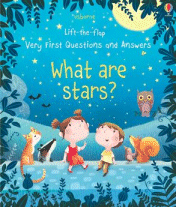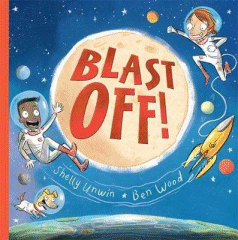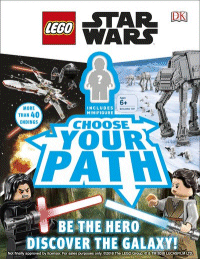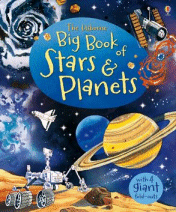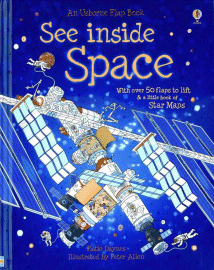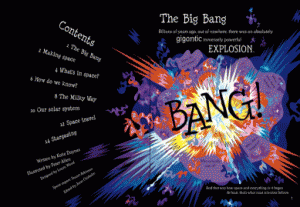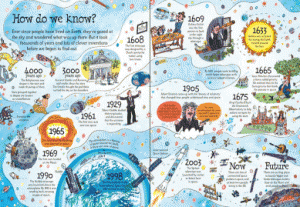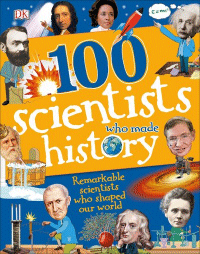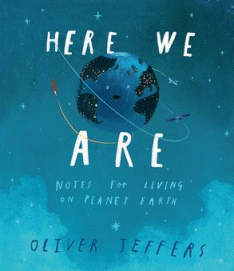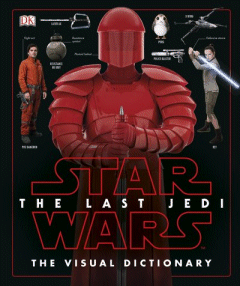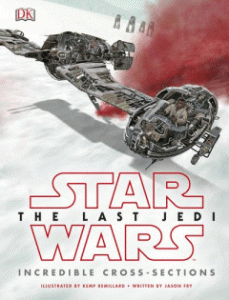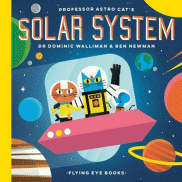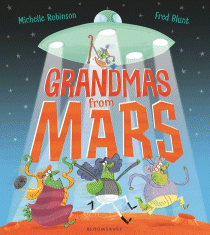
Grandmas from Mars
Grandmas from Mars
Michelle Robinson
Fred Blunt
Bloomsbury, 2018
32pp., pbk., $A12.99
9781408888766
Fred and Nell’s parents are off to an important meeting, as are many of the other parents in their town, and so the children are being left with Grandma. In lots of houses parents are saying,,,
“It’s school in the morning, they can’t be up late…
So: homework, a bath – and in bed before eight”
And the grandmas are saying…
“Eat up your greens”
Stop picking your nose.
Give grandma a kiss
What your grandma says goes.”
Meanwhile, on Mars the Martians are watching and they hatch a plan…suddenly the earth grandmas are beamed up and lookalike substitutes take their place. Grandmas that encourage the children to eat junk food, stay up all night, and do all the forbidden things that have appealed for so long.
But is it all fun? Is this really Grandma? Is that a spare eyeball? A tail? A striped tongue?” As the penny drops and the children realise not all is at it seems, they run… but can they escape?
Refreshing as it is to see grandmas who are not stereotypical little old ladies with their hair in a bun, wearing a cardigan and satisfied with sitting and knitting (a concept somewhat alien to today’s young readers) perhaps a grandma from Mars is a step too far as alternative! Young readers will delight in this rollicking rhyming story with its bright actin-packed pictures that introduces someone who, on the surface, seems more the sort of grandma they want but then will be grateful for the loving grandma that they have. I know Miss 7 and Miss 12 will be counting their blessings after reading this! And they may just be grateful for the lessons they’ve learned…
Be careful what you wish for!
